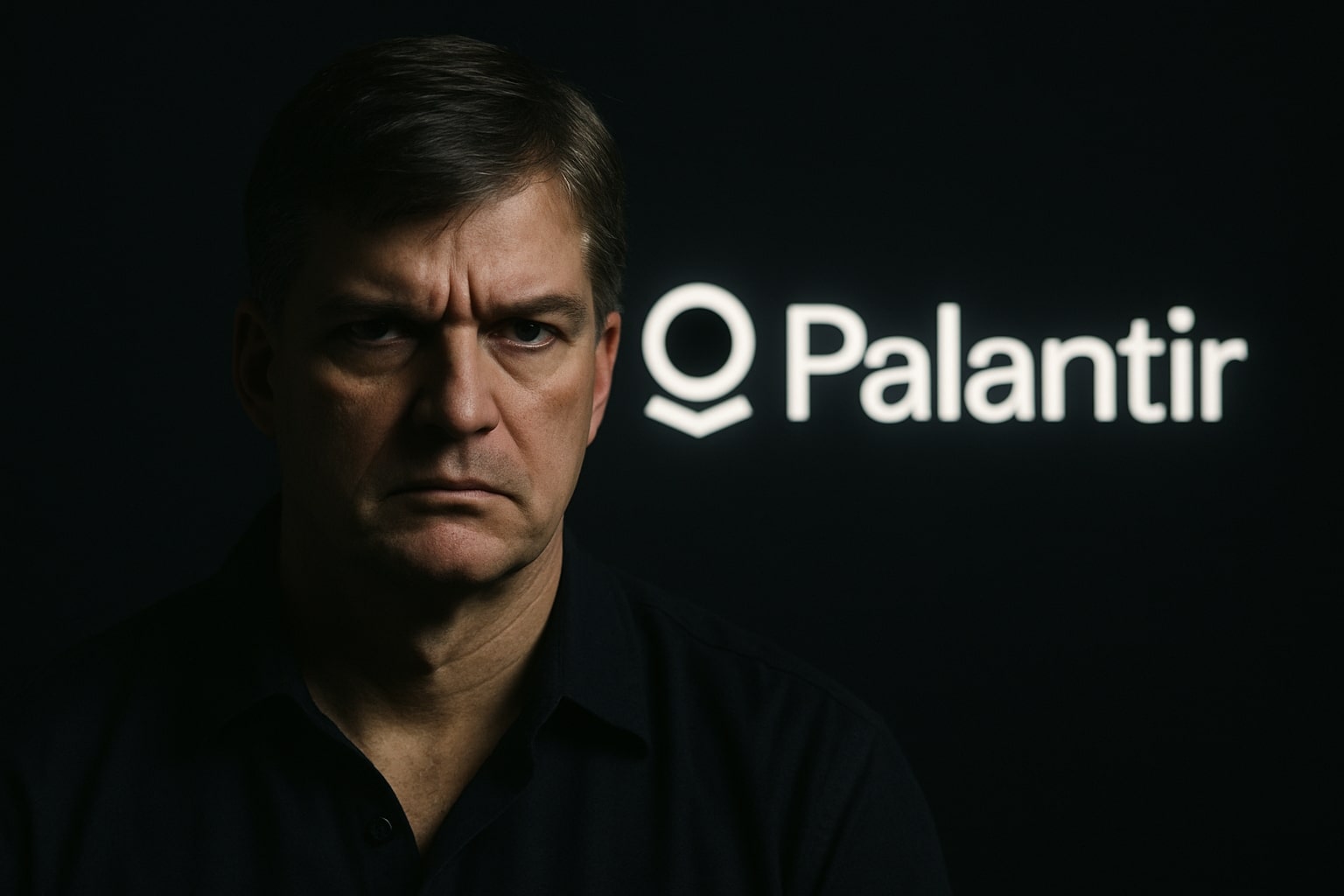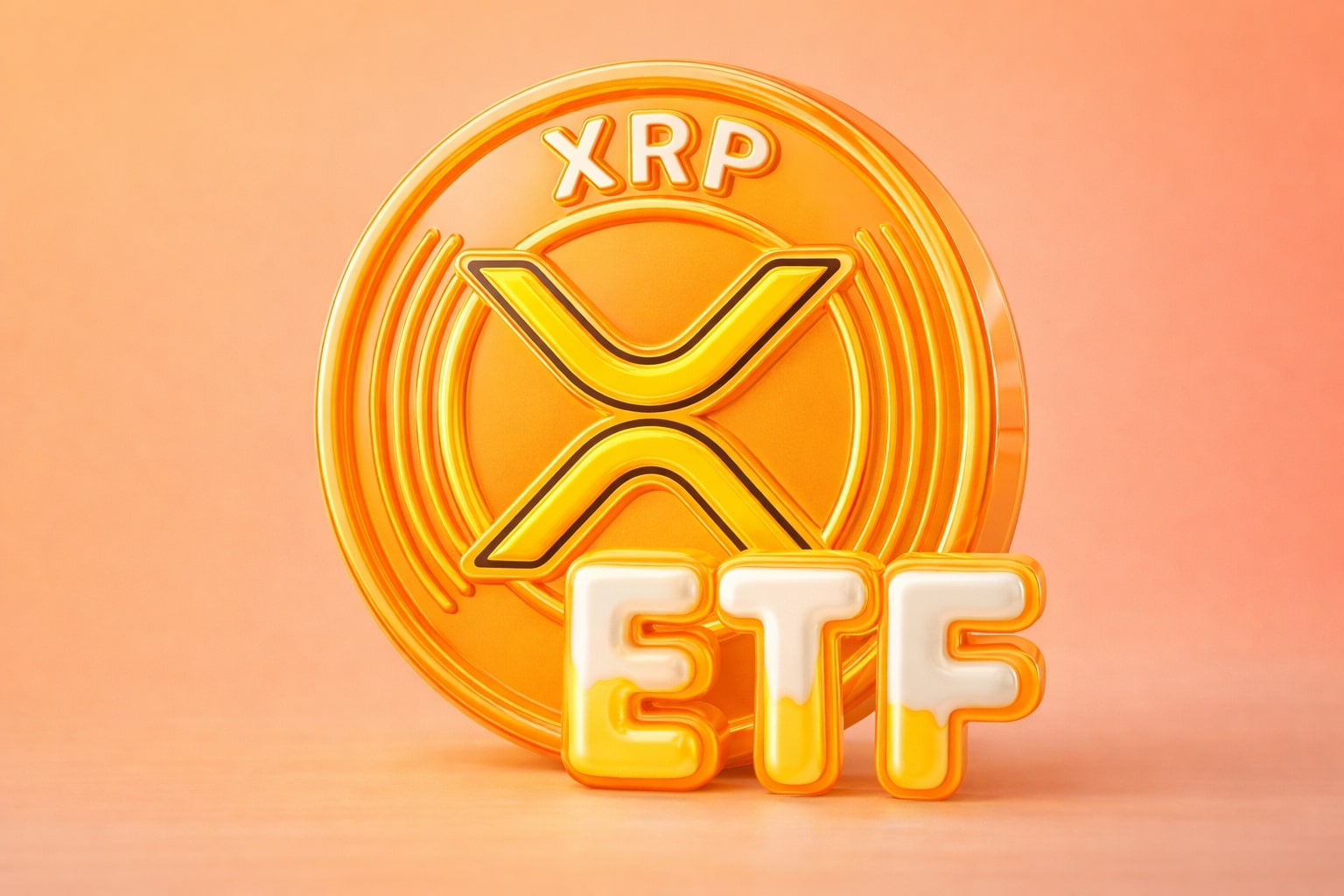
Palantir Stock Price Forecast - PLTR Shares Slumps to $191, Michael Burry’s $912M Short Overshadow Record Q3
Palantir stock drops 7.36% despite 63% revenue growth and 51% margins. Goldman, BofA, and UBS lift targets, but concerns mount over 80x EV/Sales and 684x P/E | That's TradingNEWS
Palantir Technologies (NASDAQ:PLTR) Faces Heavy Selloff Despite Record Q3 Performance, AI Momentum, and Upgraded Targets
Palantir Technologies Inc. (NASDAQ:PLTR) entered the week with a sharp correction, dropping 7.36% to $191.94 after closing at $207.18 just 24 hours earlier. The selloff came despite another record-breaking quarter — revenue up 63% year-over-year to $1.181 billion, adjusted operating income at $601 million, and margins expanding beyond 51%. While the fundamentals point to explosive growth in both government and commercial AI contracts, valuation fatigue and a massive bearish position by Michael Burry’s Scion Asset Management have triggered a wave of profit-taking after a year-long rally that sent PLTR shares up 400.31%.
AI Leadership and Revenue Acceleration Define Palantir’s Historic Q3
Palantir’s third quarter marked its ninth consecutive quarter of accelerating revenue, a rare streak in the software industry. Commercial revenue surged 121% year-over-year to $397 million, while U.S. government contracts rose 52% to $486 million — both significantly above market expectations. Total revenue for the trailing twelve months climbed to $3.9 billion, representing a 47.2% YoY increase.
Operating efficiency continues to impress. Adjusted free cash flow reached $540 million, with Palantir maintaining an 80.8% gross margin and 46% FCF margin, placing it among the most profitable software companies globally. Management lifted FY2025 guidance to $4.396–$4.4 billion in revenue and projected $2.15 billion in operating income — both above prior forecasts.
AI Expansion and Strategic Growth: Palantir’s AIP Drives Global Adoption
CEO Alex Karp described Q3 as “transformational,” crediting rapid adoption of the Artificial Intelligence Platform (AIP) across industries ranging from logistics and defense to finance and healthcare. The U.S. Commercial segment is now Palantir’s fastest-growing unit, signaling a clear shift from dependency on government contracts.
The company also formalized its joint venture with Dubai Holding, launching Aither, an AI-focused initiative designed to embed Palantir software into critical infrastructure, tourism, and real estate operations across the UAE. This move strengthens PLTR’s international footprint while aligning with Gulf states’ multi-billion-dollar AI development strategies.
Market Reaction: From Euphoria to Repricing
Despite these outstanding figures, NASDAQ:PLTR suffered an after-hours decline to $190.37, as markets digested valuation concerns. With a market capitalization of $457 billion and a P/E ratio above 680, investors are questioning whether Palantir’s current valuation — roughly 80x EV/Sales and 150x EV/FCF — reflects sustainable growth or speculative enthusiasm.
Analyst consensus remains divided. Goldman Sachs raised its price target to $188, BofA Securities to $255, and UBS to $205, maintaining neutral to buy ratings. Raymond James reiterated a Market Perform stance, citing overvaluation risk despite “extraordinary execution.” These mixed views underscore how sentiment has shifted from growth optimism to valuation discipline — even as Palantir continues to post record quarters.
Bearish Catalysts: Michael Burry’s $912 Million Short Bet and AI Valuation Fears
Adding to the pressure, Michael Burry’s Scion Asset Management disclosed 5 million put options on Palantir, valued at $912 million, alongside $186 million in Nvidia (NASDAQ:NVDA) puts — a clear signal of skepticism toward the AI sector’s meteoric rise.
Burry compared current AI spending patterns to the dot-com bubble of 1999–2000, warning that AI’s capital expenditures have surpassed historical saturation levels. His timing coincided with Palantir’s high RSI readings (above 80) and an overbought technical setup, accelerating the selloff.
Record Deal Momentum and Financial Strength Offset Valuation Anxiety
Palantir’s deal activity remains unprecedented. The company closed 204 deals worth $1 million+, 91 deals above $5 million, and 53 deals over $10 million — totaling $1.31 billion in U.S. commercial TCV, a 342% YoY increase.
Its balance sheet strength remains a key differentiator: a current ratio of 6.43 reflects exceptional liquidity, and zero debt reliance reinforces financial resilience even amid market corrections. These numbers affirm Palantir’s position as a cash-generating AI leader with scalability unmatched by traditional software peers.
Valuation Metrics: Growth Justifies Premium, but Risks Rise
Even after the pullback, PLTR trades at valuations 10x higher than sector averages — with a price-to-book ratio of 69 and EV/EBITDA multiple near 812. The premium reflects confidence in Palantir’s proprietary data infrastructure and AI-first architecture. Yet, analysts warn that maintaining such multiples will require consistent 40–50% revenue growth and continued margin expansion above 50% — expectations that leave no margin for error.
According to InvestingPro, Palantir’s financial health score ranks “GREAT,” but its relative value score of 0.41 highlights that shares are trading far above intrinsic estimates.
Broader Market Context: Tech Correction and CEO Warnings Pressure Sentiment
The correction in Palantir comes amid broader tech weakness. The S&P 500 fell 1.09%, and the Nasdaq dropped 1.71%, following comments from Goldman Sachs and Morgan Stanley CEOs warning that “technology multiples are full” and that a 10–15% correction could be “healthy.” The macro backdrop — slowing manufacturing (ISM 48.7) and rate-cut uncertainty — compounds the volatility surrounding AI-heavy equities like Palantir.
Technical Landscape: Profit-Taking Zone Confirmed
Palantir’s chart structure suggests the stock is entering a cooldown phase after its parabolic run. The key resistance stands at $210–$215, while immediate support lies at $188, followed by $178 and $165 — levels aligned with previous accumulation zones.
Momentum indicators confirm a retracement setup: RSI has dropped to 42, indicating normalization, while MACD shows a bearish crossover for the first time since June. However, strong institutional accumulation during dips may cushion deeper declines.
Read More
-
SMH ETF: NASDAQ:SMH Hovering at $350 With AI, NVDA and CHIPS Act Fueling the Next Move
16.12.2025 · TradingNEWS ArchiveStocks
-
XRP ETFs XRPI and XRPR: Can $1B Inflows Lift XRP-USD From $1.93 Back Toward $3.66?
16.12.2025 · TradingNEWS ArchiveCrypto
-
Natural Gas Price Forecast: NG=F Falls to $3.80–$3.94 as Warm Winter Kills $5.50 Spike
16.12.2025 · TradingNEWS ArchiveCommodities
-
USD/JPY Price Forecast - USDJPY=X Slides, BoJ 0.50% Hike, Fed Cut and NFP Set the Next Big Move
16.12.2025 · TradingNEWS ArchiveForex
AI Ecosystem Positioning: Palantir’s Strategic Advantage Over Peers
While Nvidia (NASDAQ:NVDA) and Super Micro Computer (NASDAQ:SMCI) dominate AI hardware, Palantir’s strength lies in the software layer, where its AIP framework integrates with cloud systems from AWS, Microsoft, and Google Cloud. Unlike startups still proving scalability, Palantir already delivers enterprise-grade AI deployment across governments and Fortune 500 firms, giving it a moat few can replicate.
This structural advantage keeps Palantir at the core of the AI revolution — even if its valuation temporarily compresses.
Forecast and Market Outlook for NASDAQ:PLTR
Consensus 12-month analyst forecasts cluster around $225, with Wedbush maintaining a bullish $260 price target, UBS $205, and BofA $255. Bears like RBC maintain $50, citing unsustainable valuation metrics.
Given the company’s growth trajectory — with expected FY2026 revenue exceeding $5.2 billion and margins above 50% — fair value aligns closer to $230–$240 per share once multiple compression stabilizes.
Verdict: NASDAQ:PLTR — Short-Term SELL, Long-Term STRONG BUY
Palantir remains a market leader in AI infrastructure with unmatched operational scale, liquidity, and growth. However, at current valuations above $190, the stock faces short-term headwinds as investors rotate from AI momentum names to defensive assets. A retracement toward $170–$180 would offer an attractive re-entry opportunity ahead of potential FY2026 catalysts and government renewals.
Based on data, execution, and deal pipeline, PLTR is a Short-Term SELL / Long-Term BUY, with a 12-month target of $225–$230 and a 2026 projection of $260+, contingent on sustained commercial expansion and AI platform monetization.


















